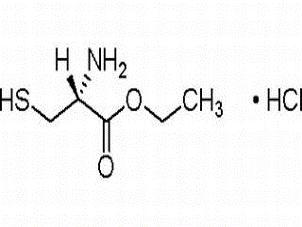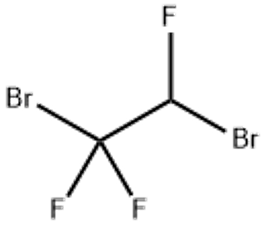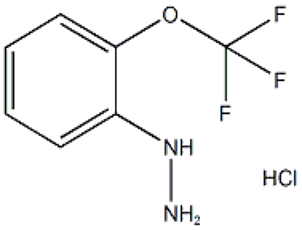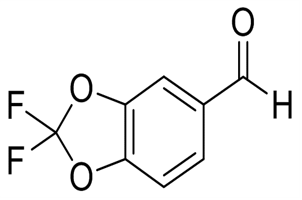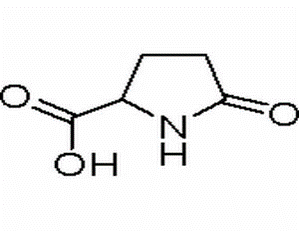L-Cysteine ethyl ester hydrochloride(CAS# 868-59-7)
| Hazard Symbols | Xi – Irritant |
| Risk Codes | 36/37/38 – Irritating to eyes, respiratory system and skin. |
| Safety Description | S24/25 – Avoid contact with skin and eyes. S36 – Wear suitable protective clothing. S26 – In case of contact with eyes, rinse immediately with plenty of water and seek medical advice. |
| WGK Germany | 2 |
| RTECS | HA1820000 |
| TSCA | Yes |
| HS Code | 29309090 |
Introduction
L-cysteine ethyl hydrochloride is an organic compound whose properties and uses are as follows:
Quality:
L-cysteine ethyl hydrochloride is a colorless crystalline solid with a peculiar odor. It is soluble in water and alcohol solvents, but insoluble in ether solvents. Its chemical properties are relatively stable, but it is susceptible to oxidation.
Use:
L-cysteine ethyl hydrochloride is widely used in chemical and biochemical research. It is mainly used as a substrate for enzymes, inhibitors, and free radical scavengers.
Method:
The preparation of L-cysteine ethyl hydrochloride is generally obtained by the reaction of ethyl cysteine hydrochloride and hydrochloric acid. The specific preparation method is cumbersome and requires chemical laboratory conditions and special technical guidance.
Safety Information:
L-cysteine ethyl hydrochloride is a chemical and should be used safely. It has a pungent odor and may have an irritating effect on the eyes, respiratory system, and skin. Appropriate protective measures should be taken when using, such as wearing protective glasses, gloves, and laboratory clothing. Try to avoid inhaling its vapors or dusts to prevent accidental ingestion or contact.
During the treatment process, pay attention to good ventilation facilities, avoid fire sources and open flames, and properly store in a dry, dark and well-ventilated place, away from flammable substances and oxidants.


